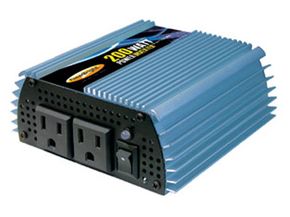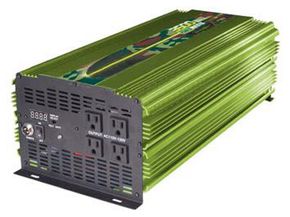Everyone uses some kind of electronic gadget while in their car, SUV, or motor-home. You might stream music on your smartphone, check for directions on your global positioning system (GPS) or play a portable video game. Since most of these electronic devices can be plugged into the cigarette lighter (or power port) in your vehicle, you may be wondering, "what is an inverter and why would I ever need one?".
Well, perhaps you want to use something a little more elaborate while you're on the open road. Maybe you want to make toast, watch an LCD TV, or even write an article on your laptop computer. These devices plug into regular wall outlets, not cigarette lighters. Making sure your electronic gear gets the juice it needs while on the road isn't a simple matter of finding the right adapter. You need a power inverter.
Advertisement
What kind of power inverter is the right one for the job? How do you install one? And how exactly does an inverter change the current from one form to another? Don't worry, as inverter technology isn't super complicated. In this article, we'll explore all the positives and negatives of DC to AC power inverters.




